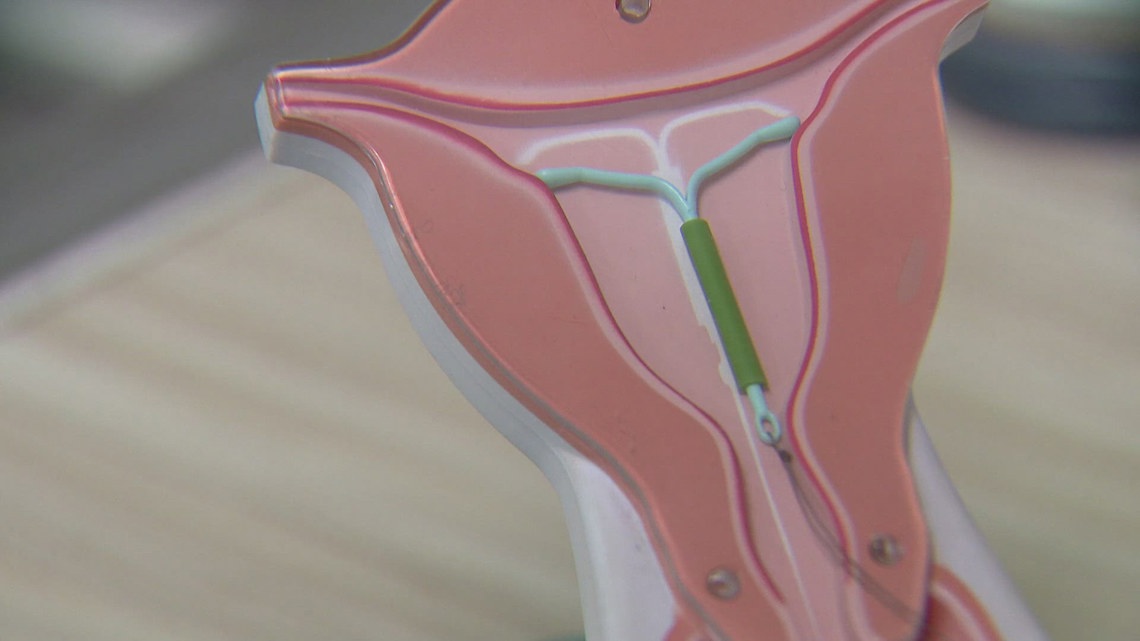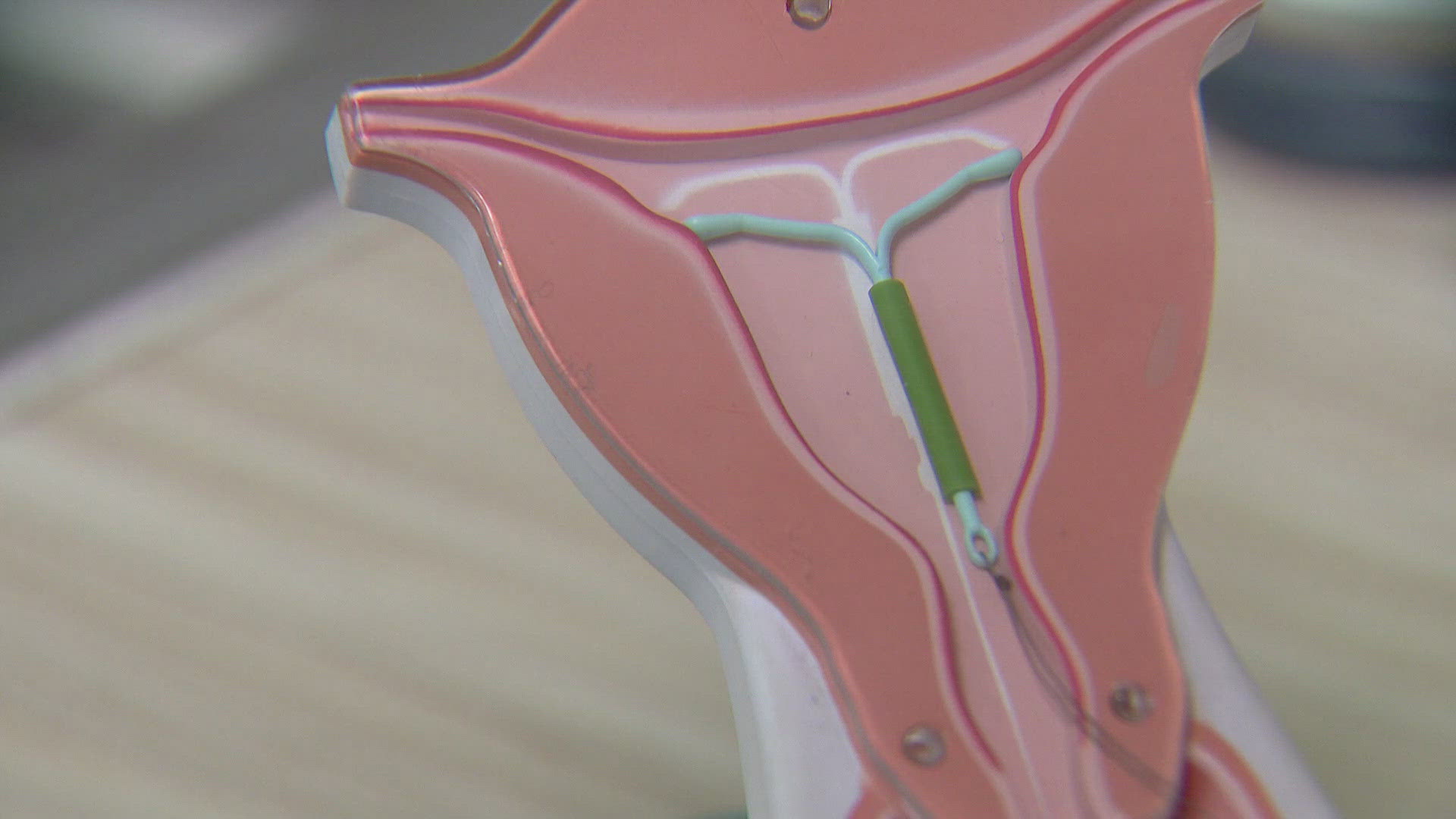DENVER — For years, women have warned one another about the pain of an IUD. Now, the Centers for Disease Control and Prevention is changing its guidelines for the first time since 2016 to improve the patient experience.
The CDC now recommends patients should be counseled on the pain ahead of the insertion procedure, and they should discuss pain management options.
Doctors and patients say these new recommendations are important, but years overdue.
"To be totally frank, putting a plastic object within an internal organ doesn't sound like it wouldn't hurt. It sounds quite painful," said Dr. Olga Muldoon, a minimally invasive gynecologic surgeon with AdventHealth Porter.
That's something Micah Alexander knows well. Her doctor prepared her for mild cramping, a "little pinch in the pelvis."
"I would easily rate it as the most pain I've ever been in," Alexander said. "Afterwards, I was not able to walk without support. And I remember, when we went to check out, my mom was there with me and I was just laying on the floor crying because I could not think about anything other than how much pain I was in."
The extreme pain came as a shock considering the pain she tolerates regularly.
"I have pain with my endometriosis where I am crying from pain or cannot stand up. So I'm very used to severe pain, especially in the abdomen. And so having the IUD be that painful was a shock for me," Alexander said.
Muldoon said Alexander's experience is one she knows all too well.


"The first time I got an IUD, it was excruciating. And I was completely underprepared," Muldoon said. "And that's the truth for most patients, unfortunately. I find that a lot of patients will say that their first experience, or their first several, were really painful."
Intrauterine devices are used by millions of women. They're the third-most common form of birth control. But for years, preparing women for the pain or offering a way to manage it wasn't common.
"It's not just frustrating, it's a disservice to women," Muldoon said. "And then, to under-educate them about their options feels like a huge disservice to a huge portion of our population. So, it just feels like this should be something that is the standard of care, us offering them appropriate pain control for a procedure."
Now, the CDC is changing its guidelines for IUD insertions for the first time in eight years.
“I was surprised that it took so long to come out. I really figured that that already would have been a guideline in place," Alexander said. "You know, it’s very common for men with procedures that they get to have really good pain management, so it seems really obvious to me that the same care and consideration should be given to women.”
"The new recommendations are primarily to do what our clinic has been doing for years, which is to provide women with the full breadth of options," Muldoon said.
Those pain management options include sedation, muscle relaxers or pain medications to ease the trauma of IUD insertion.
Muldoon said around half of her patients opt for a pain management option. She stresses every patient deserves to hear about them.
"I find it frustrating that we needed those guidelines to know what the right thing was to do. I think we knew all along that IUDs were painful, and for certain individuals, the right thing is not just to do it cold turkey. The right thing is to offer them pain control. And so for me, it's frustrating that it took us this long to come up with guidelines that likely should have been in place for quite a while," Muldoon said.
Alexander said she went to Muldoon when the time came to have her IUD replaced. She went in terrified about the pain she could be facing once again.
"I was telling her how painful my first experience was. Just immediately she was telling me that she can do this under sedation and there is pain management. I had no idea that was a thing," Alexander said. "Having her take me seriously and then find out what was wrong and help me get treatment for it was a breath of fresh air."
Muldoon hopes these new guidelines will help more women like Alexander make those decisions for themselves.
"I think the fair thing is to allow them to know their own body and to tell you what the right thing is for them as opposed to the other way around," Muldoon said.
The new recommendations by the CDC should help to ease the anxiety, pain and trauma for many women who use IUDs, Muldoon said. But, she stressed, it's important for patients to be their own best advocate when seeking this or other care.
Muldoon said anyone who wants more information or believes they need pain management should talk to their doctor about it. And if they don't listen, she said, it's important to find a provider who will.

